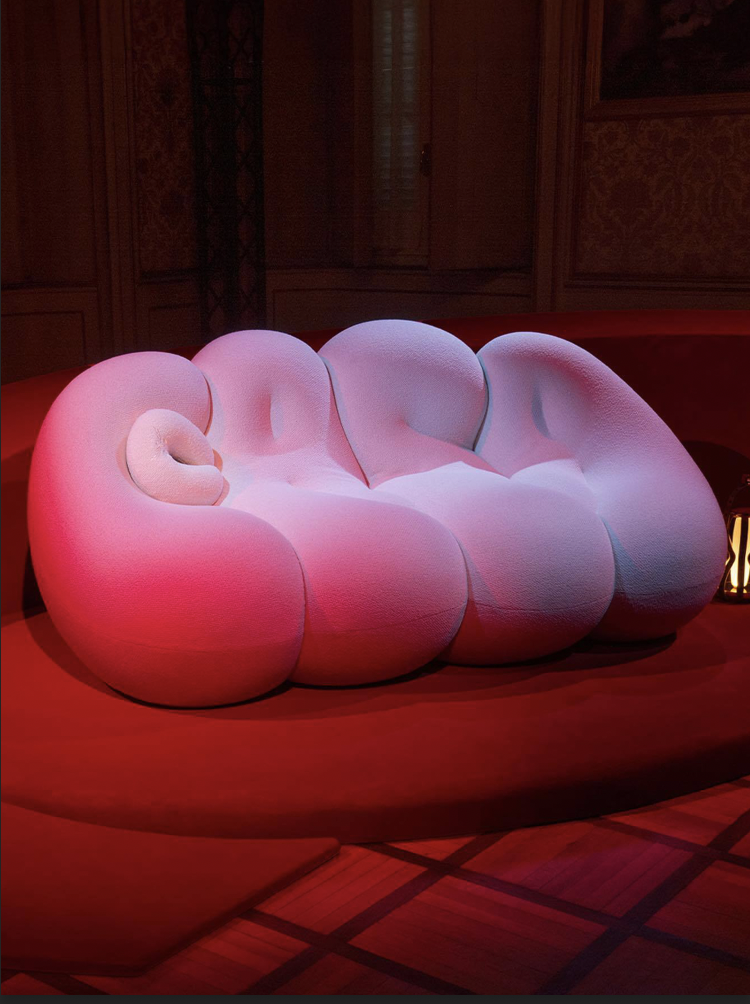Does ‘L Word: Generation Q’ make up for the original’s missteps?
Dykes of the world rejoiced last year as it was announced that iconic lesbian drama The L Word would be returning to screens. Now, after what feels like an eternity, it’s finally been released — airing in the US on Showtime and torrented by queers elsewhere. So why is it that ten years after the final episode aired, queer womxn and other people within the lesbian community are stepping in as a ready-made audience for the show?
As we all know, the noughties were not a great time for queer representation in the media. LGBT+ people were frequently the punchline of the joke, queer women were fetishised and objectified (remember Dodge Ball?!), gay men were typecast as the bitchy best friend and trans representation was essentially non-existent. The L Word’s look at a lesbian community in LA felt like a life-line. Not only were almost all of the characters queer, they also existed in a world that centred queerness. Even today, this is a million miles from most queer people’s real lives, where they have to strain to fit in with a cis-het majority.
In times which were much less accepting than today’s, The L Word suggested that if you did come out you wouldn’t be alone or rejected — you could create your own (messy and incestuous) lesbian circle that would accept you even if your family or wider society didn’t. It also gave us lots and lots of sex; which shouldn’t be important, but really is. Even now, people still ask how lesbians have sex and most of the representations we see are inauthentic scenarios in porn.
Whilst The L Word of the noughties was, for lack of a better word, iconic, it had some serious issues. Not only are bisexual women accused of being “dirty”; there’s a complete lack of transfeminine representation. Transmasculine characters like Max and Ivan are ritually humiliated, with their identities being invalidated by almost all of the characters within the show. It’s clear that whilst the original The L Word promised a space for acceptance, all it did was show how queer communities internalise the damaging essentialism of the wider world.
Buckling in to watch the reboot is like preparing to meet up with a problematic ex from your past — you loved them, but if they haven’t changed their ways you’ll have no option but to cut them out entirely. When the reboot was announced, creator Ilene Chaiken promised that The L Word: Generation Q would deliver more “sexy stories about sex” but from a perspective that’s “keenly attuned to the issues of representation and inclusivity.”
Only two episodes of the new show have aired so far but it already appears to have delivered on some of its promises. There are familiar faces from the original, notably the return of Katherine Moennig as Shane (the first fictional lesbian to break my heart) and honorary queer Jennifer Beals as Jenny, but there’s also cast of fresh new voices. Correcting the original’s white-washed, essentialist definition of what it means to be a lesbian, the reboot places itself at the heart of a queer friendship circle — and has cast trans actors like Leo Sheng and Sense8’s Jamie Clayton in order to be truer in its depiction of trans issues.
Increasingly, our approach to sexuality and gender is becoming more fluid. Amongst younger LGBT+ individuals, there’s an open-ended approach to queer identities. Whilst there are sadly still transphobes within out communities, as a general rule we don’t have the same fixation with essentialist notions of gender. The L Word: Generation Q — if it continues in the same vein as it began — feels as if it’s capturing this generational shift and championing a kinder, more authentic representation of the diversity of the queer community.

